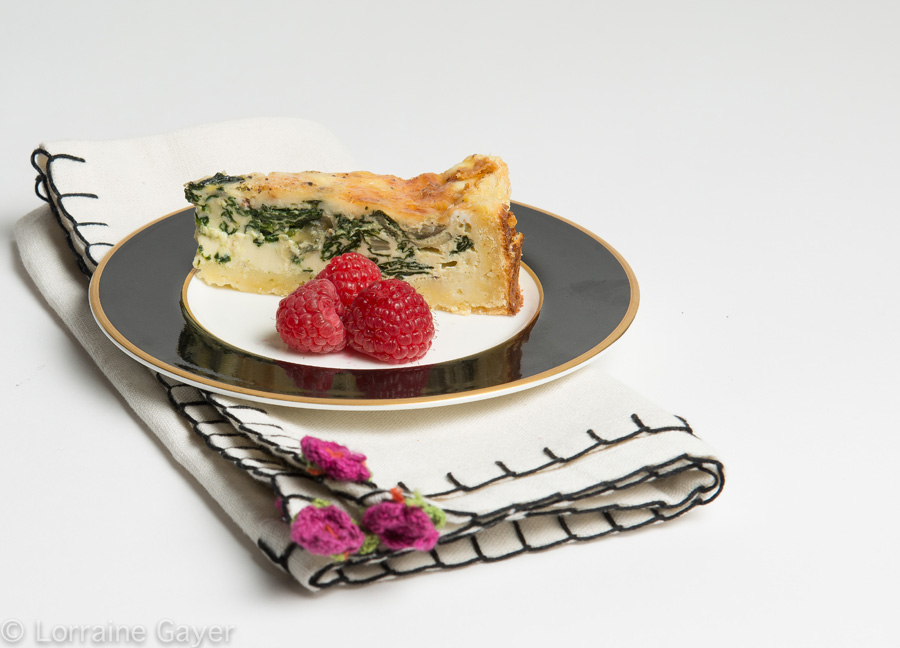Have you ever found that the cheese that comes bagged and pre-shredded in your supermarket performs differently in your recipes than cheese you’ve grated yourself?
I have.
According to articles I’ve read (including the KCET link below), pre-shredded cheese frequently contains additives that are not found in block cheese–potato starch to deter the shreds from clumping, cellulose for thickening and stabilizing, to add fiber, and to enhance mouthfeel, and natamycin to prevent mold.
Many cooks believe that these additives alter the performance of cheese as an ingredient in the foods they prepare. That has been my experience, too. While I don’t use it often, when pressed for time I have on occasion used pre-shredded cheese on a Mexican nacho dish I enjoy and on pizzas. I have been disappointed that the cheese layer on my foods lacked the creamy mouth-feel that I get when I use freshly-grated quality cheese.
Interestingly, the cellulose additive commonly used in pre-shredded cheese is obtained from wood pulp via a chemical process that breaks down the wood fiber into edible form. When used in limited quantities, cellulose from wood is considered a safe food additive by The USDA and The Center for Science in the Public Interest. This form of cellulose also is frequently used in a number of other low-fat products including ice cream, sour cream, yogurt and non-dairy creamers.
The call on whether to use pre-shredded cheese is, of course, up to you. I’ve eliminated it from my kitchen.
Here is a short and interesting article from KCET that addresses the issue.


